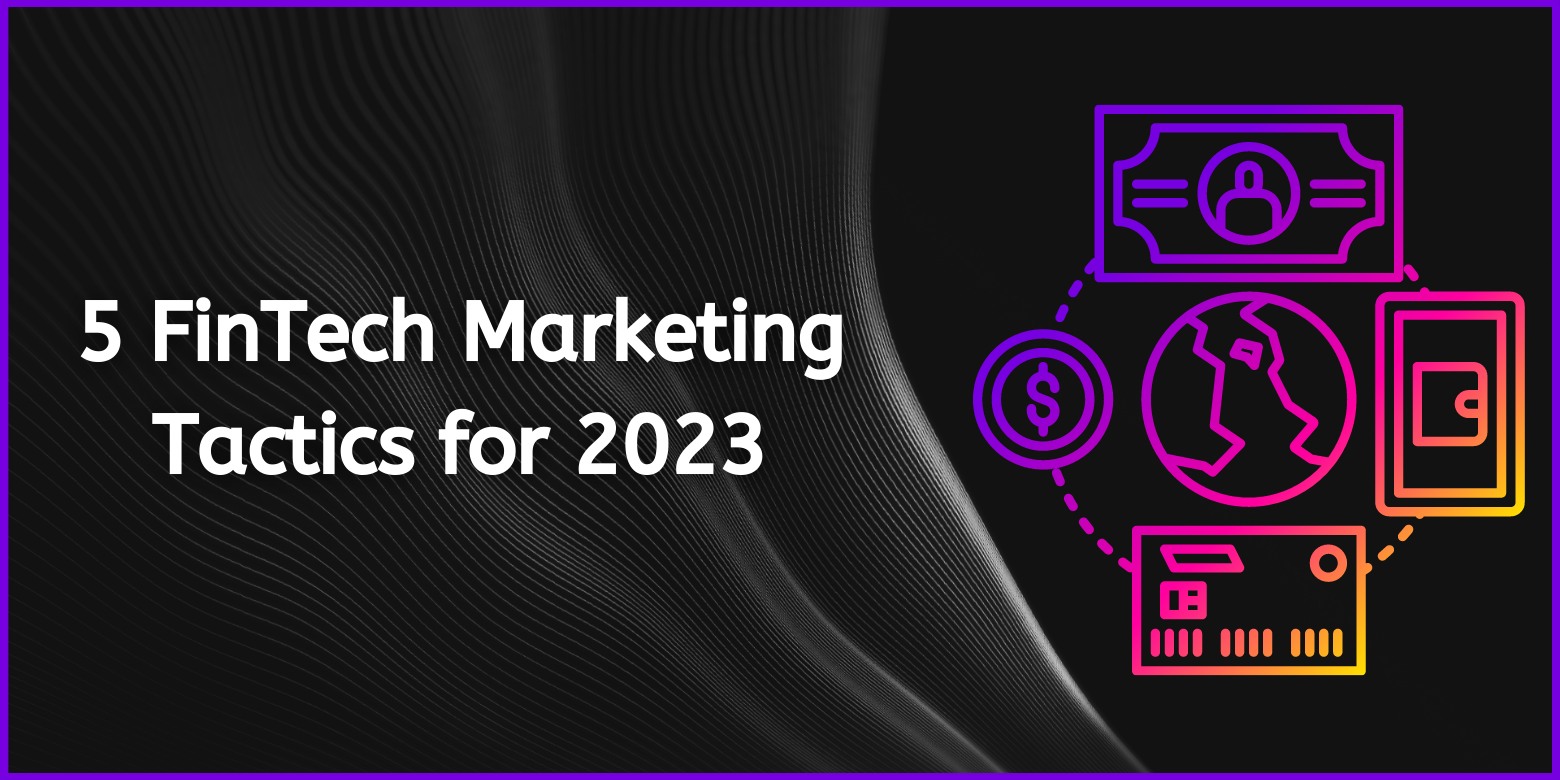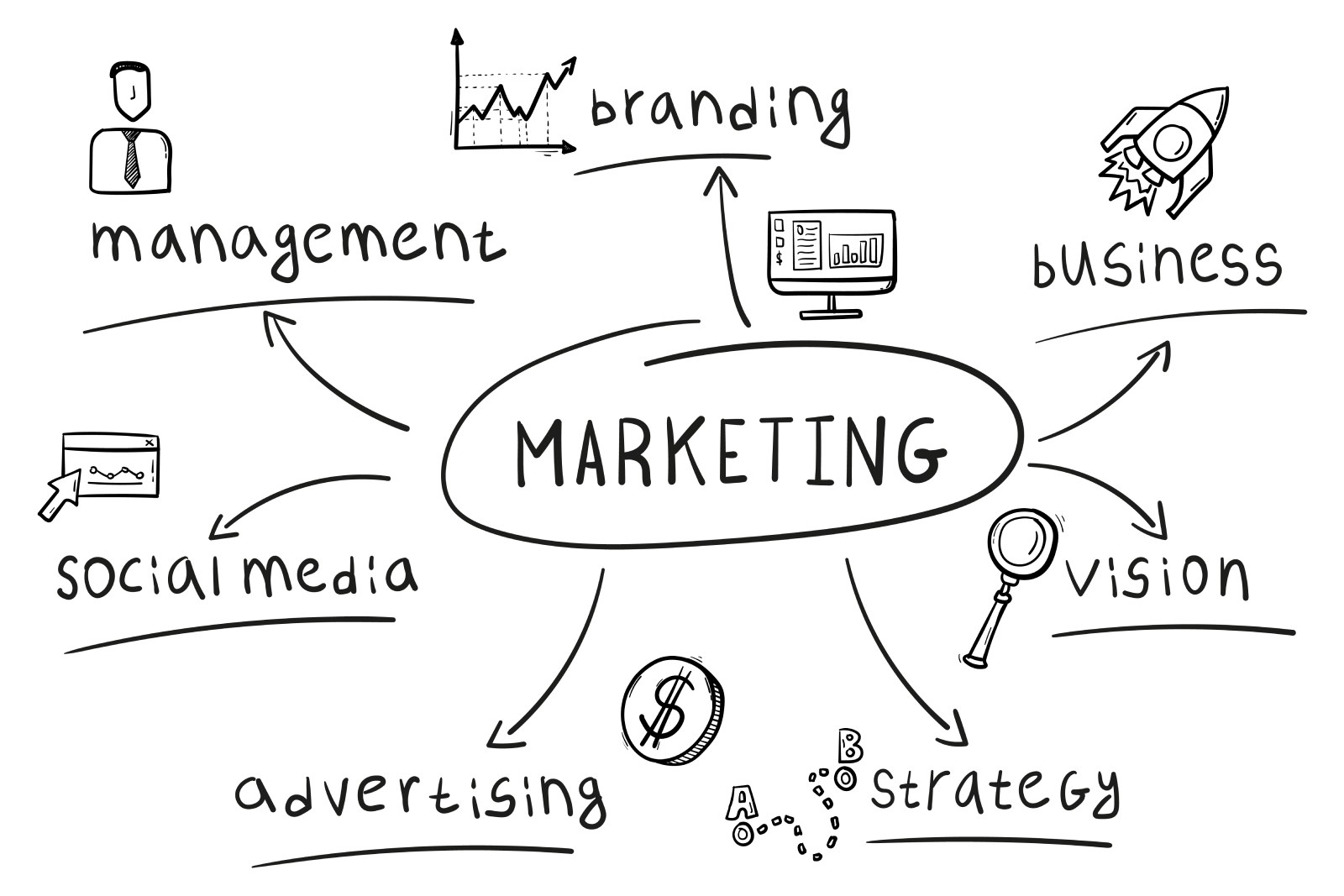
The FinTech industry is growing rapidly, which makes establishing a brand hard work. Sending the right message across different channels can be challenging in an increasingly saturated market. Finding the right FinTech marketing agency to deploy a coherent strategy can make a difference when attracting new clients.
When managing people’s funds, clients need companies they can trust. They need organisations that understand their needs and values. At the same time, let’s admit that financial services can be boring. With that being said, there are ways to make FinTech exciting.
Read along if you’re excited to learn them!
What Are the Challenges in Fintech Marketing
Customers won’t hesitate to switch to another app or service provider when offered better discounts, cash backs, and other perks. Therefore, client acquisition and retention are arguably the biggest concerns for FinTech marketers.
Another challenge is the non-stop emergence of new startups and products. Helping companies stand out in a highly competitive industry can be difficult for even the most experienced and creative marketing agencies.

Benefits of Having a Marketing Strategy
With FinTech marketing, organisations get to:
- Educate – Helping prospects and existing clients understand the mechanisms and benefits of FinTech and funds management can significantly contribute to a brand’s reputation.
- Build trust – Posting understandable, clear messages across social media can help people trust technology with their savings.
- Reach new audiences – Marketing can be a powerful tool to explore new possibilities in untapped markets. It can help companies speak to prospects in a clear tone of voice.
- Explore data – Understanding buyer behaviour, market trends, and other vital data can play a huge role in product positioning and promotion.
5 Successful FinTech Marketing Tactics
1. Gamification
Gamification allows creators to apply gameplay principles and design elements to a non-game environment. How it’s used in FinTech marketing? There are several ways, but the most popular and efficient are:
- Reward points for completed transactions or referrals
- Contests with prizes
- Quizzes, puzzles, and visual games that make “boring” content more engaging and shareable

In FinTech, gamification is typically used to generate buzz, awareness, and new clients during pre-launch campaigns.
Monzo, one of the most successful retail neobanks in the United Kingdom, perfectly used gamification during the launch of their banking app. They introduced a waiting list along with a referral scheme.
When people downloaded the application, they were automatically added to the waiting list, and the only way to move down the queue was to recommend the product to their friends. Their tactic proved particularly effective because it tapped into their clients’ competitiveness, curiosity, and thirst for exclusivity.
2. Educational Content
Don’t market. Educate! Financial literacy is essential in the modern world, but not everyone is familiar with the intricacies of FinTech.

According to various studies, only 19% of millennials are financially literate, even though 51% of them are known to use mobile payment apps.
Educational content enables organisations to build a trustworthy brand. It also allows them to open a dialogue with their existing and potential clients.
Here’s the type of content that FinTech companies should focus on:
- Blogs – They can be the go-to resource for anyone seeking to enhance their financial knowledge.
- Videos – Short, easy-to-understand videos are a great medium to reach as many people as possible. Uploading them on all possible channels (YouTube, TikTok, Instagram, Facebook, LinkedIn, etc.) is an absolute must for companies aiming to buff their brand’s online presence and marketability.
- Mobile-friendly website – On average, people spend 5 hours daily on smartphones. Mobile-friendly websites are known to reach a larger pool of users.
Venmo, a (subsidiary of PayPal) uses all the types of content mentioned above to engage with users.
3. Fin-Fluencing
Social media marketing is expected to become the go-to marketing battlefield as entire digital-native generations (Gen Z and Gen Alpha) enter the consumer market. Working with influencers to promote products is a no-brainer for even the most established FinTech agencies.

Influencers become more specific as they become integral to the business landscape. Nowadays, we have finfluencers who specialise in creating social media content about financial products and services. Their posts are more effective in reaching younger audiences as they speak the same language and understand their concerns.
Klarna, Snoop, and Moneybox are only a few FinTech companies collaborating with finfluencers to generate ads and post organic content on their social media profiles.
4. Learn Marketing Methodologies
Tight marketing budgets are the biggest struggle for many startups. To make the most of their advertising investments, newly founded FinTechs use lean marketing methodologies.
![]()
Known as “fail early, fail often” tactics, they help companies save spending money on what doesn’t work while providing reliable feedback on how to improve.
Lean marketing methodologies, at their essence, are all about operating within a continuous testing mode funded by small budgets. If something works, it’s allocated additional funds. On the other hand, if it doesn’t match the expected projections, it’s either altered or abandoned.
Many FinTech businesses have used this type of marketing at the beginning of their journey.
5. AI-Based Marketing
In the last couple of years, the use of Artificial Intelligence (AI) marketing has grown from 29% to 84%. Why? Because it automates vital processes, reduces operational costs, and eliminates reporting errors. It boosts the overall client experience.

Chatbots, for example, when properly designed, can give users and prospects answers and guidance intelligently. Statistics show that over 41% of clients decide to make a purchase after exchanging a few words with a chatbot.
AI marketing and predictive analytics can help organisations identify the best target audience for their products, services, and brand. They can create content that best fits into their strategy. Configuring an AI engine to offer personalised content that matches what visitors are looking for gives an immense advantage over companies that don’t use artificial intelligence and machine learning (ML).
Almost all major FinTech organisations use AI marketing to launch their products and promote their services.
FinTech is pivotal in filling the gap between traditional and modern banking, which is why it’s an attractive field. And the only way to thrive and survive in it is by working with a dependable FinTech marketing agency that can develop the right strategy. At D&D Marketing, we’re always ready to lend a hand.


